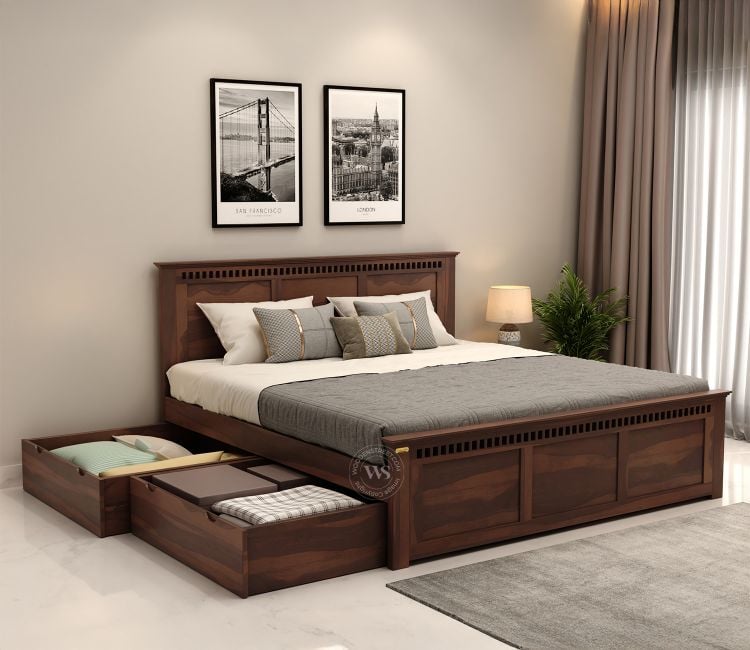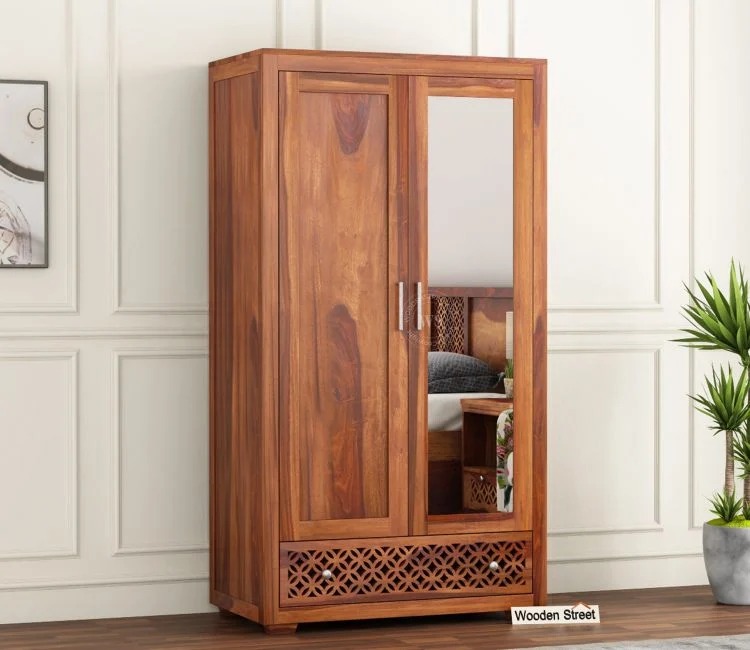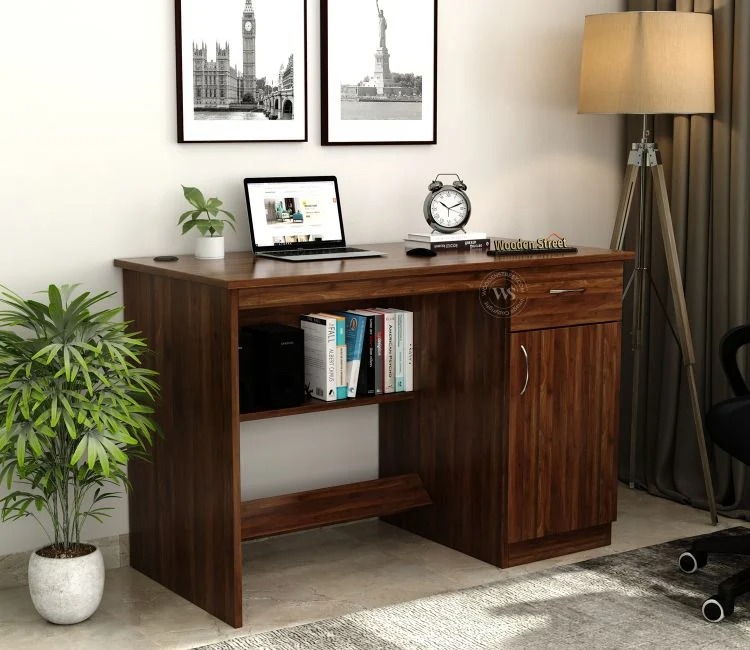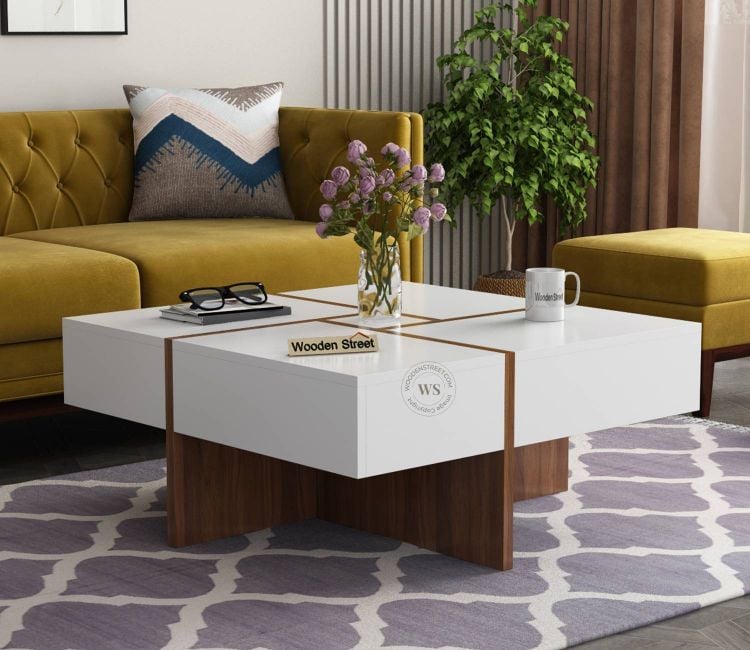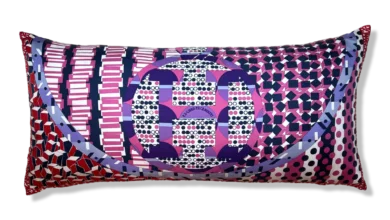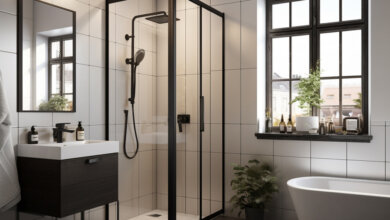What Should I Consider When Buying Cabinets?
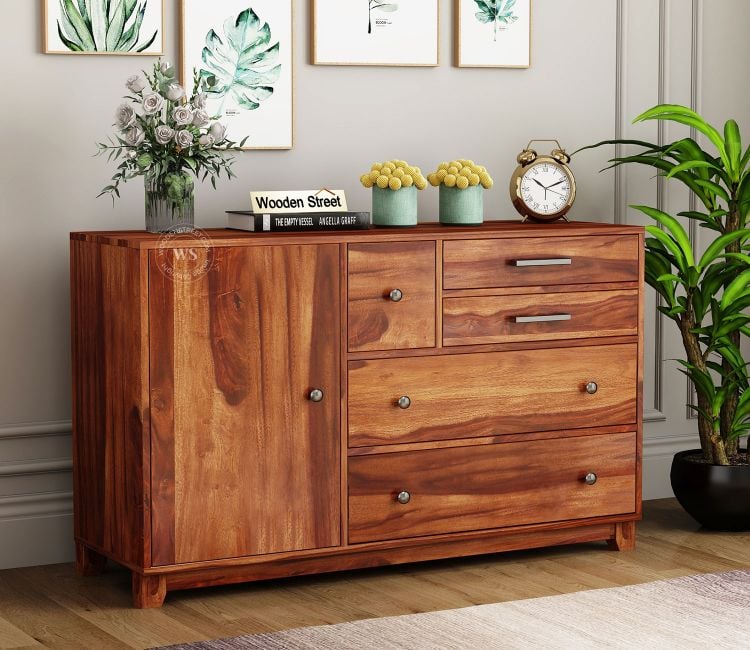
Buying cabinets is a major decision that impacts both the functionality and aesthetics of your home. Whether you’re redesigning your kitchen, upgrading a bathroom, or adding a sideboard to your living or dining room, the right cabinets can improve organization, storage, and overall ambiance.
Here’s a comprehensive guide on what you should consider before investing in cabinets.
1. Determine the Purpose of the Cabinets
Before choosing a style or material, understand where and how you’ll be using the cabinet:
-
Kitchen cabinets need to be durable, moisture-resistant, and easy to clean.
-
Bathroom cabinets must withstand high humidity.
-
Sideboards in living or dining rooms can be more style-focused and used for displaying or storing cutlery, linens, or decor.
-
Bedroom storage cabinets should offer flexibility in compartments and often integrate mirrors or wardrobes.
Understanding the use-case will guide your choices in design, size, and material.
2. Choose the Right Material
Cabinet material affects both durability and appearance. Popular choices include:
-
Solid wood: Timeless and strong, but can be costly.
-
Plywood: Excellent balance of durability and cost-effectiveness.
-
MDF (Medium Density Fiberboard): Smooth finish and great for painted cabinets.
-
Particleboard: Budget-friendly, but not as long-lasting.
-
Glass or acrylic: Often used for modern styles or upper cabinets for display purposes.
If you’re choosing a sideboard, solid wood or a high-quality veneer finish offers long-lasting appeal. For kitchen cabinets, opt for moisture-resistant plywood or laminated MDF.
External Resource: Read more about cabinet materials here
3. Understand Cabinet Types and Layouts
There are three main types of cabinets:
-
Base cabinets: Sit on the floor, used for kitchen and bathrooms.
-
Wall cabinets: Mounted above counters or walls.
-
Tall cabinets or pantry units: Provide maximum vertical storage.
Measure your space carefully and plan the layout to avoid clutter. Use online layout planners or consult an interior designer to make optimal use of space.
4. Pick the Right Cabinet Finish and Color
Cabinets are focal points in any room, so the finish and color are crucial. Choices include:
-
Glossy or matte finish
-
Wood stain or natural grain
-
Painted finishes (white, grey, navy, etc.)
Choose based on your interior theme—light tones work well in small spaces, while darker tones suit spacious or well-lit rooms.
For sideboards, rich wood tones like walnut or mahogany add elegance to dining or living rooms.
External Resource: Popular Cabinet Color Trends
5. Check for Storage and Functionality Features
Cabinets should organize your life, not clutter it.
-
Adjustable shelves
-
Soft-close hinges
-
Deep drawers for pots and pans
-
Built-in organizers for cutlery or toiletries
-
Hidden compartments in sideboards or TV units
For dining rooms, sideboards with open shelves or wine racks offer added convenience and style.
6. Quality of Hardware and Hinges
The hardware – including knobs, handles, drawer runners, and hinges – directly impacts usability and longevity.
-
Choose stainless steel or brass finishes for durability.
-
Soft-close hinges reduce wear and noise.
-
Avoid plastic hardware that wears out quickly.
You can also match hardware with other furniture pieces to maintain design consistency.
7. Set a Realistic Budget
Quality cabinets are an investment. Be realistic about what you can afford while ensuring long-term satisfaction. Include:
-
Cost of units
-
Installation charges
-
Customization fees
-
Shipping or delivery costs
Modular cabinets offer good customization options within budget.
8. Customization and Modular Options
Custom-built cabinets provide flexibility but cost more. Modular cabinets are pre-made units that you can assemble to fit your space.
If you prefer a quick and cost-effective solution, modular sideboards, wardrobes, and kitchen cabinets from trusted brands like WoodenStreet can be ideal.
📝 Internal link suggestion: Latest Trends in Center Table Design | Stylish Center Table Ideas 2025
9. Brand Reliability and Reviews
Choose trusted brands or cabinet makers with:
-
Positive customer reviews
-
Warranty options
-
Reliable after-sales service
Always check user feedback, especially for larger purchases like kitchen or wardrobe cabinets.
10. Delivery and Installation Support
Finally, confirm whether installation is included in the purchase. Proper installation ensures your cabinets are aligned, stable, and long-lasting.
Enhance Your Space with the Perfect Cabinet Choice
When thoughtfully selected, cabinets can transform not just how a space looks, but how it functions. Whether it’s a sideboard that doubles as a display and storage unit in your dining area, or a tall cabinet that saves vertical space in your bedroom, the right choice blends beauty with practicality. Don’t rush the process—take time to visualize how the cabinet fits your lifestyle, complements your interiors, and fulfills your storage needs.
In the end, a good cabinet is more than a piece of furniture—it’s a long-term asset that adds value, comfort, and organization to your home.
Final Thoughts
When buying cabinets—whether for your kitchen, bathroom, or as a stylish sideboard in your dining room—you need to think beyond looks. Consider material, durability, usage, and compatibility with your existing décor. Prioritize functionality and long-term value.
A well-chosen cabinet can improve your lifestyle, enhance your storage, and elevate your home’s design.

